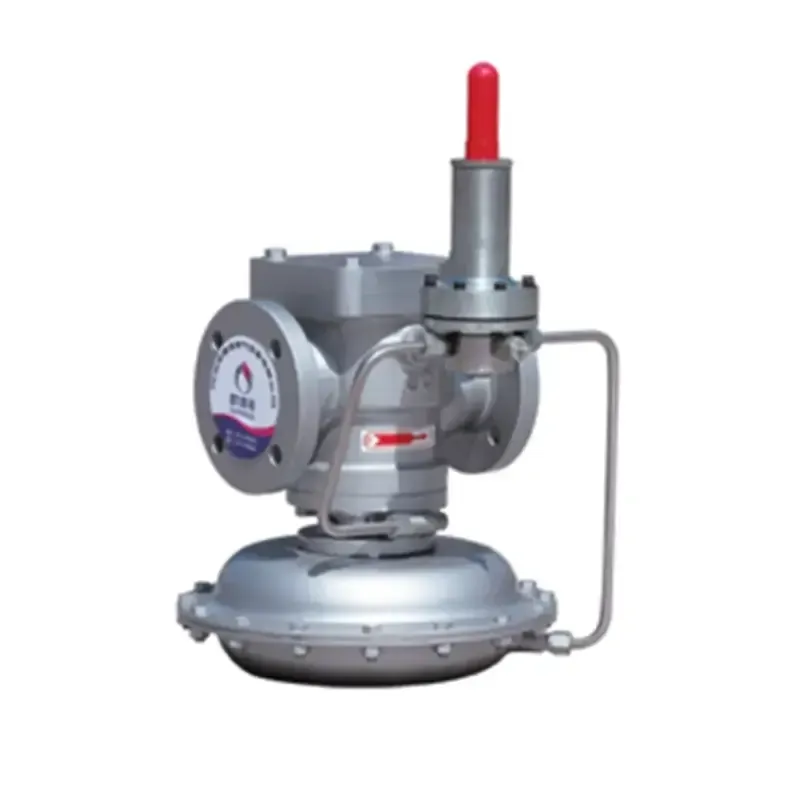
Oct . 21, 2024 15:45
Back to list
Natural Gas Equipment for Efficient Energy Solutions and Sustainable Development
Natural Gas Equipment An Essential Component of Energy Production
Natural gas has emerged as a vital source of energy across the globe, serving as a cleaner alternative to coal and oil. Its rise in popularity stems from several factors, including reduced greenhouse gas emissions, abundant supply, and versatility for various applications. However, the efficiency and safety of natural gas utilization heavily depend on the equipment used in its extraction, processing, and distribution. This article delves into the various types of natural gas equipment that play a crucial role in the industry.
Extraction Equipment
At the forefront of natural gas production are drilling rigs and associated equipment. These rigs are crucial for accessing natural gas reserves trapped underground. Advances in drilling technology, such as horizontal drilling and hydraulic fracturing, have significantly enhanced the ability to reach reserves that were previously inaccessible. Hydraulic fracturing, or ‘fracking’, involves injecting water, sand, and chemicals into the ground at high pressure to create fractures in the rock, allowing gas to seep out. This method requires sophisticated pumps and monitoring systems to ensure operational efficiency and environmental safety.
Processing Equipment
.
Transportation and Distribution Equipment
معدات الغاز الطبيعي

The transport of natural gas from production sites to end-users is facilitated by an extensive network of pipelines. Compressor stations play a pivotal role in this infrastructure by maintaining the pressure required to move gas over long distances. These stations utilize large compressors that ensure a steady flow while compensating for pressure losses that occur in the pipeline. Additionally, Measurement and Regulation Stations (MRS) are installed along the pipeline to monitor flow rates and regulate pressure, ensuring safe delivery of natural gas to consumers.
Storage Solutions
Natural gas storage systems are equally essential, especially for balancing supply and demand fluctuations. Equipment such as underground storage facilities, which include depleted gas reservoirs, aquifers, and salt caverns, are designed to store natural gas for use during peak demand periods. Above-ground storage solutions, like LNG (Liquefied Natural Gas) tanks, provide flexibility and can be transported to locations where demand exceeds supply. LNG technology enables natural gas to be cooled and condensed into a liquid state, reducing its volume for easier transport.
Safety and Monitoring Equipment
As with any energy source, safety is paramount in the natural gas industry. Equipment such as leak detection systems, safety valves, and shutoff switches are vital in preventing accidents and ensuring the integrity of the gas supply chain. Advanced monitoring technologies, including drones and sensors, are increasingly employed to detect leaks and assess pipeline conditions, enabling proactive measures to be taken before issues escalate.
Conclusion
Natural gas equipment encompasses a wide array of technologies and tools essential for the entire lifecycle of natural gas, from extraction to consumption. The industry's advancements in equipment and technology not only enhance efficiency but also align with global efforts to transition towards cleaner energy solutions. As the demand for natural gas continues to grow, ongoing innovation in natural gas equipment will be critical in meeting future energy needs while prioritizing safety and environmental protection.
Next:
Latest news
-
Safety Valve Spring-Loaded Design Overpressure ProtectionNewsJul.25,2025
-
Precision Voltage Regulator AC5 Accuracy Grade PerformanceNewsJul.25,2025
-
Natural Gas Pressure Regulating Skid Industrial Pipeline ApplicationsNewsJul.25,2025
-
Natural Gas Filter Stainless Steel Mesh Element DesignNewsJul.25,2025
-
Gas Pressure Regulator Valve Direct-Acting Spring-Loaded DesignNewsJul.25,2025
-
Decompression Equipment Multi-Stage Heat Exchange System DesignNewsJul.25,2025

